CinemaGPT - Cinematic Image Generator
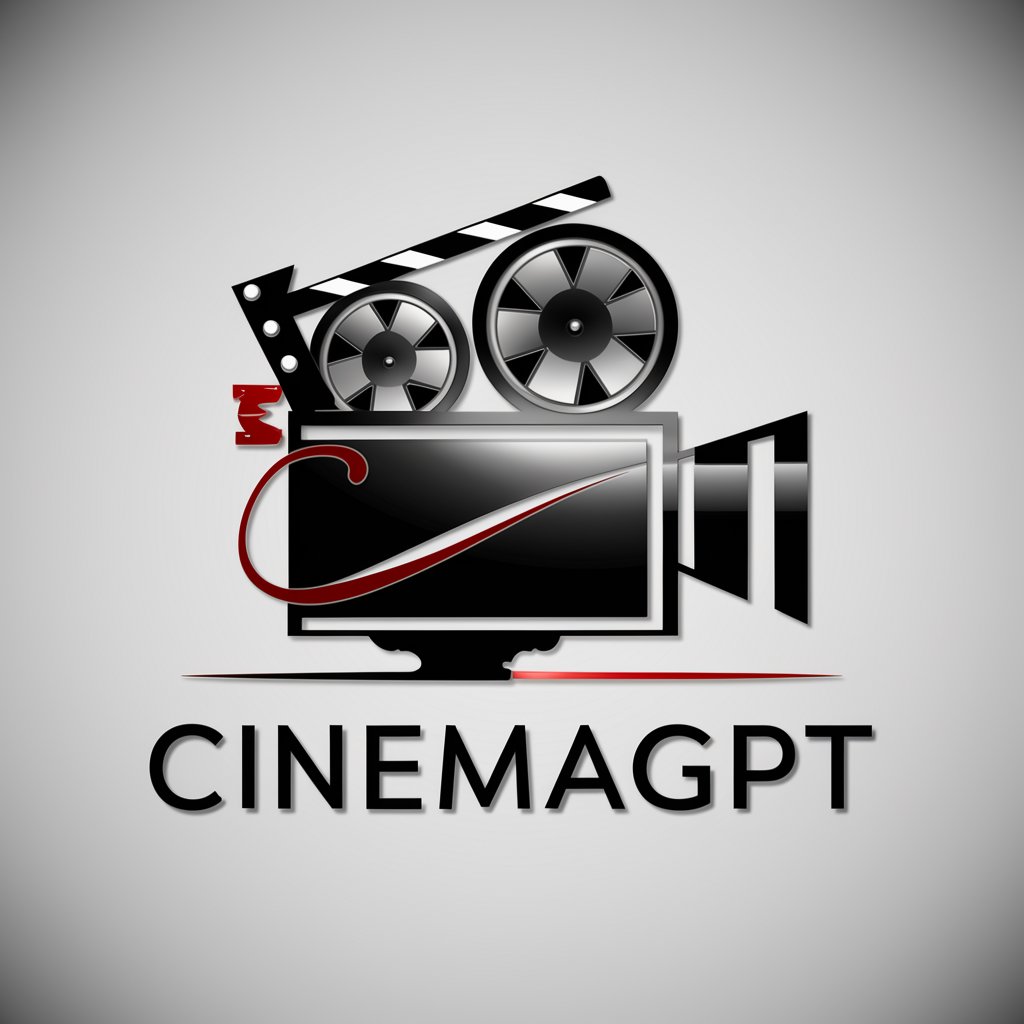
Welcome to CinemaGPT, your cinematic visualization assistant.
Visualize scripts with AI-powered imagery.
Generate an extreme wide shot of a post-apocalyptic cityscape at sunset.
Create a close-up shot of a character's intense emotional reaction.
Produce a medium shot of two characters having a heated argument in a rainstorm.
Design a full shot of a hero standing triumphantly on a battlefield.
Get Embed Code
Introduction to CinemaGPT
CinemaGPT is designed as a specialized AI tool aimed at transforming textual movie scripts or scene descriptions into vivid, cinematic images. This AI model is crafted to understand the intricacies of script formatting, camera angles, shots, and the use of specific camera equipment to generate images that closely align with the envisioned scenes of filmmakers, writers, and other creative professionals. By interpreting the textual descriptions, CinemaGPT applies knowledge of cinematography principles and AI image generation capabilities to produce visual representations that reflect the mood, tone, and setting of the script excerpts. For example, given a script detailing a tense conversation in a dimly lit room, CinemaGPT can generate an image capturing the scene's atmosphere, using appropriate lighting, angles, and shot composition to convey the intended emotional impact. Powered by ChatGPT-4o。

Main Functions of CinemaGPT
Image Generation from Scripts
Example
Given a script describing a dramatic sunset confrontation between two characters, CinemaGPT can produce an image that captures the intense facial expressions, the setting sun's lighting, and the standoff's dynamic positioning.
Scenario
Useful for directors and storyboard artists to visualize key moments in a film or TV show, aiding in pre-production planning.
Visualization of Cinematic Techniques
Example
When provided with a scene that specifies a 'close-up shot to emphasize a character's realization', CinemaGPT generates an image focusing closely on the character's face, capturing the moment of realization with high detail.
Scenario
Beneficial for cinematography students and educators as a teaching tool to demonstrate the impact of different camera shots and angles on storytelling.
Storyboard Creation
Example
For a script featuring an elaborate action sequence, CinemaGPT can produce a series of images that depict key moments of the sequence, effectively creating a storyboard.
Scenario
This function is particularly helpful for screenwriters and directors to communicate the vision of action sequences to the production team, ensuring clarity and coherence in the execution of complex scenes.
Ideal Users of CinemaGPT Services
Film and Television Directors
Directors can leverage CinemaGPT to visualize scenes before filming, making it easier to communicate their vision to the cast and crew. It helps in decision-making regarding camera placements, lighting, and actor positioning.
Screenwriters
Screenwriters can use CinemaGPT to see how their written scenes could translate visually. This aids in refining scripts by assessing if the narrative elements and descriptions effectively convey the intended visual story.
Storyboard Artists
Artists tasked with creating storyboards can utilize CinemaGPT to quickly generate visual references for scenes, streamlining the storyboard creation process and enhancing collaboration with the director and cinematographer.
Cinematography Students
Students studying film and cinematography can benefit from CinemaGPT by experimenting with different descriptive elements in scripts to see how changes in wording can affect the visual representation of a scene, deepening their understanding of film production techniques.

How to Use CinemaGPT
Start Your Journey
Navigate to yeschat.ai to begin with CinemaGPT immediately, offering a hassle-free trial without the necessity for ChatGPT Plus or any prior login.
Define Your Scene
Craft a detailed script or scene description, specifying the mood, setting, characters, and the specific shot types you envision, such as wide shots or close-ups.
Select Your Preferences
Choose the desired aspect ratio, camera type, and lens based on the nature of your scene, whether it’s action-packed or a dialogue-driven sequence.
Visualize Your Scene
Submit your detailed script or scene description to CinemaGPT. Utilize the tool's AI-powered capabilities to transform your written words into a cinematic image.
Review and Adjust
Examine the generated image for accuracy and adherence to your vision. Make any necessary adjustments to the script or scene description and repeat the process for perfection.
Try other advanced and practical GPTs
Nietzsche GPT
Philosophy Reimagined with AI
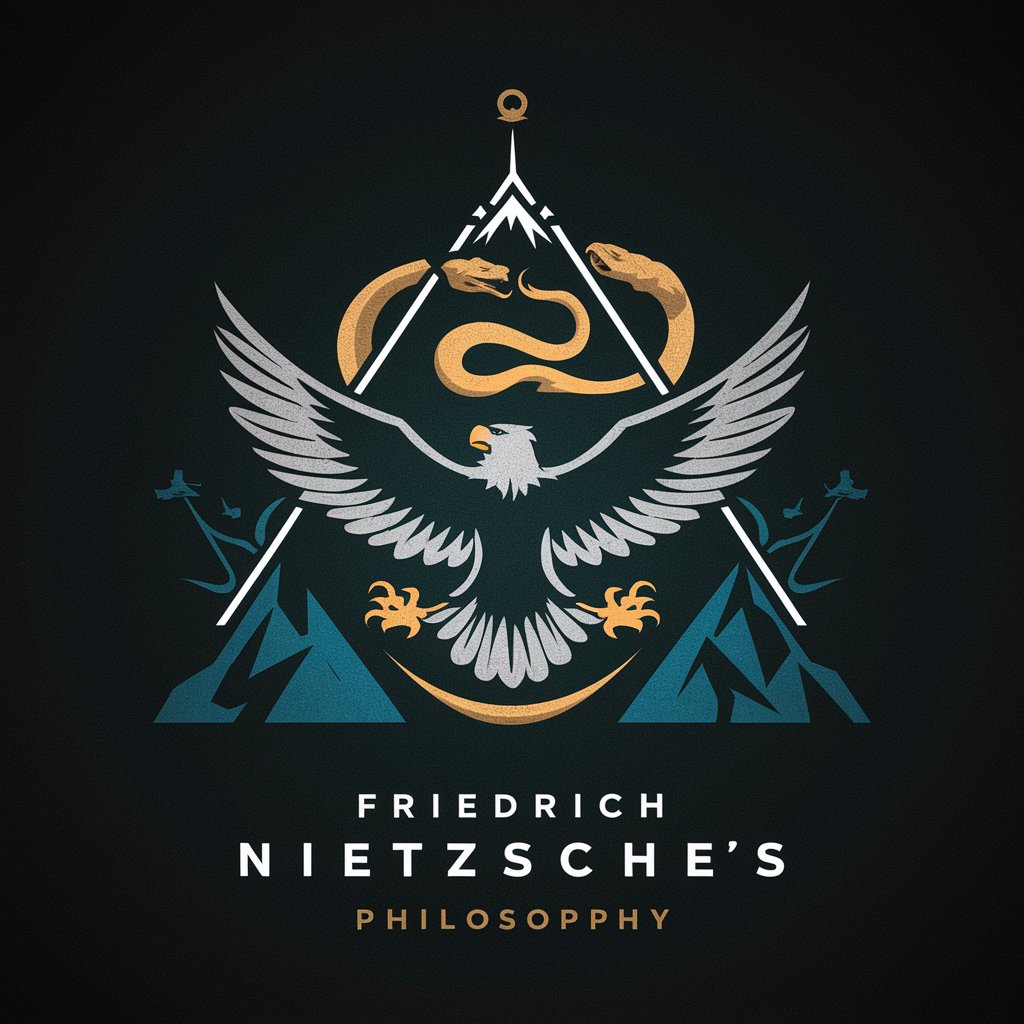
Compare Master
Simplify decision-making with AI-driven comparisons.
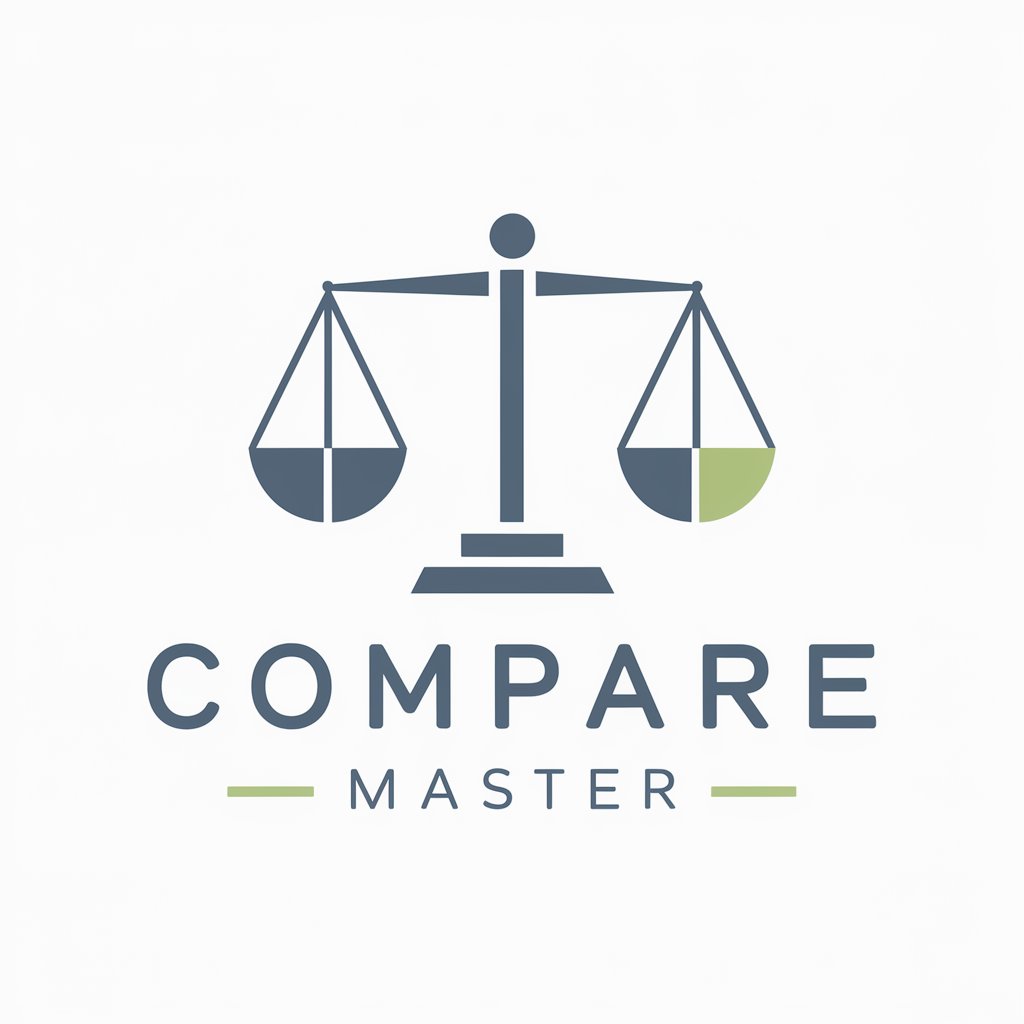
The IdeaSphere
Igniting Innovation with AI
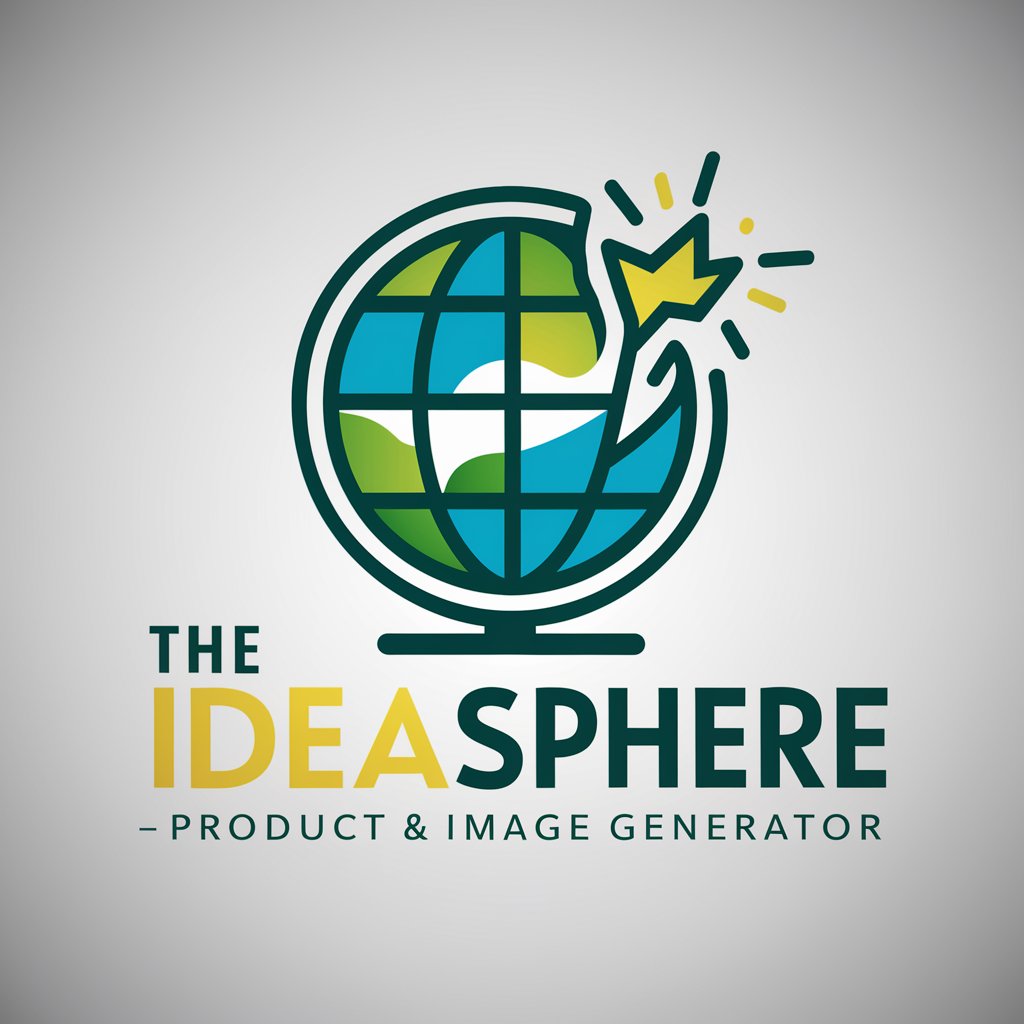
Markdown Converter
Transform content into Markdown effortlessly.
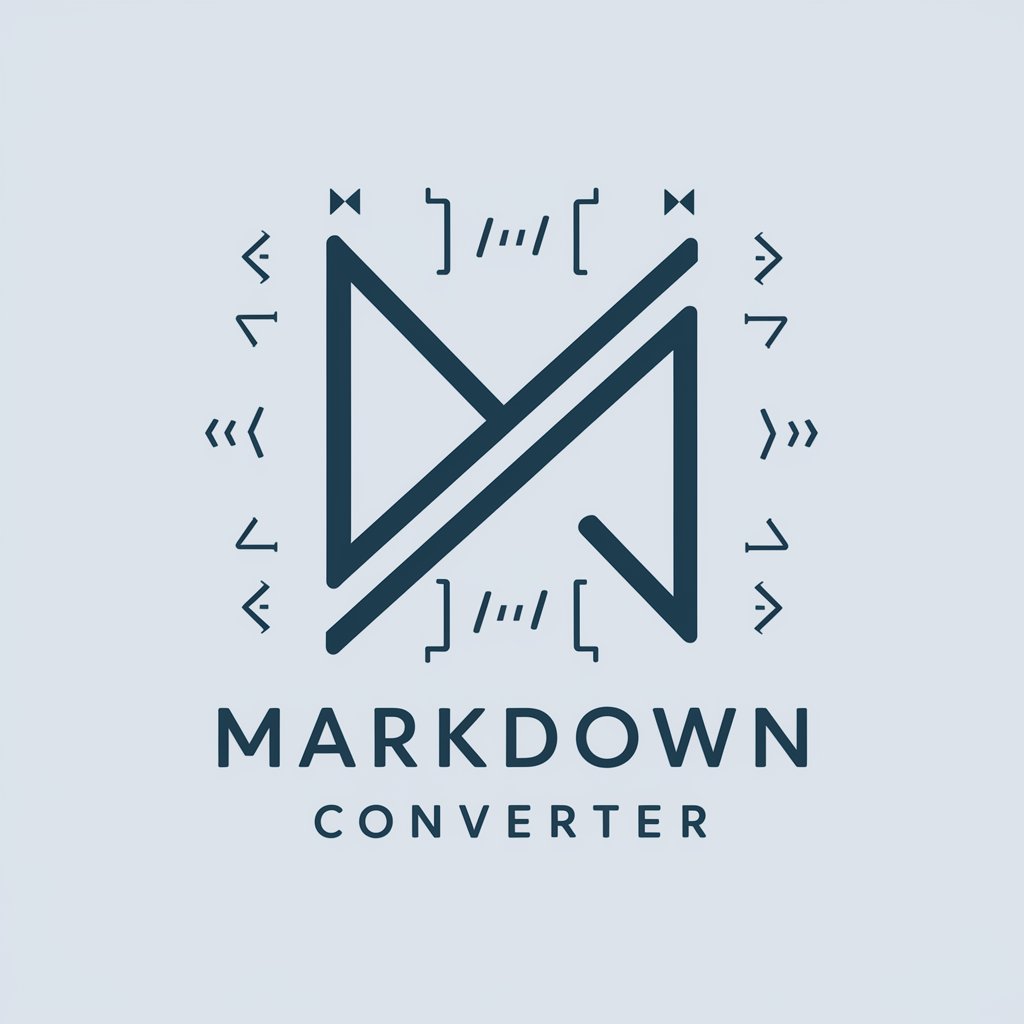
Multiple Exposure Editing Assistant
Blend photos artistically with AI
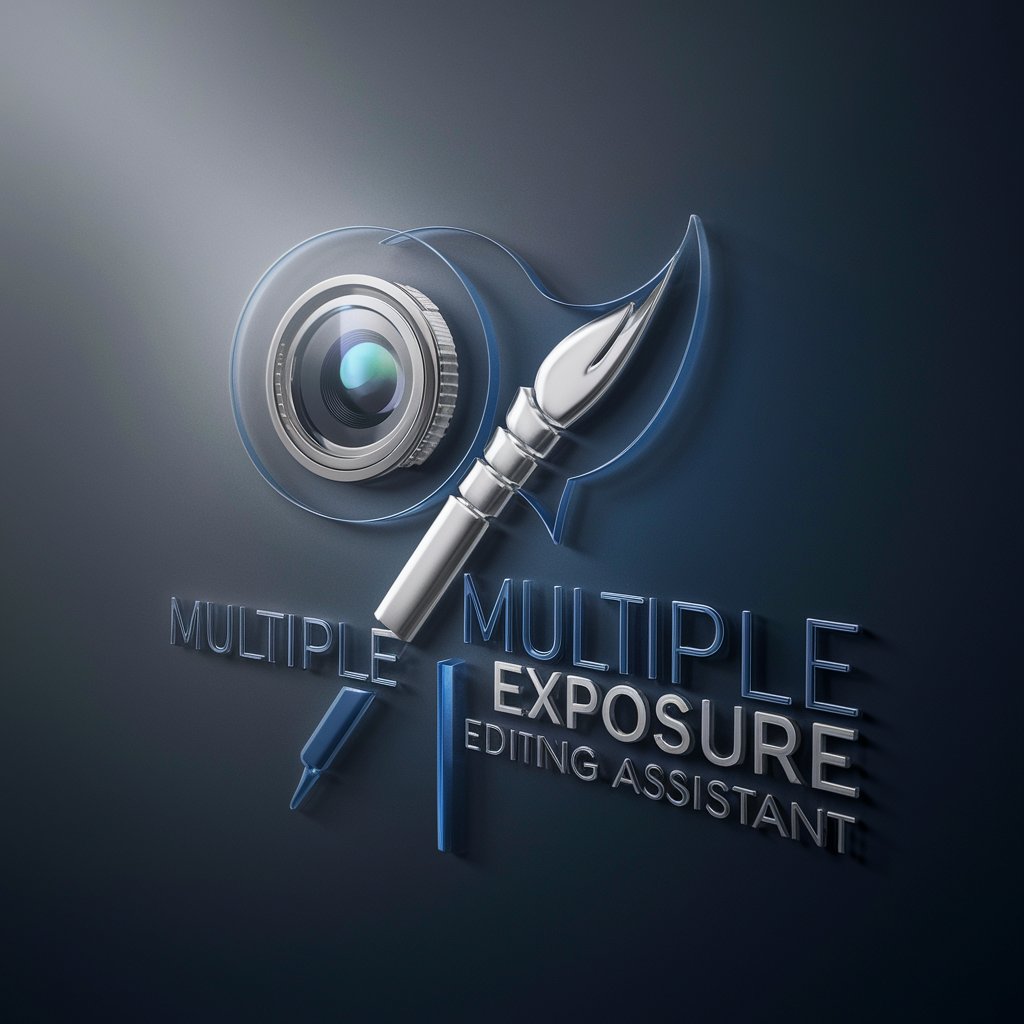
Professor Copilot
Navigating Complexity with AI
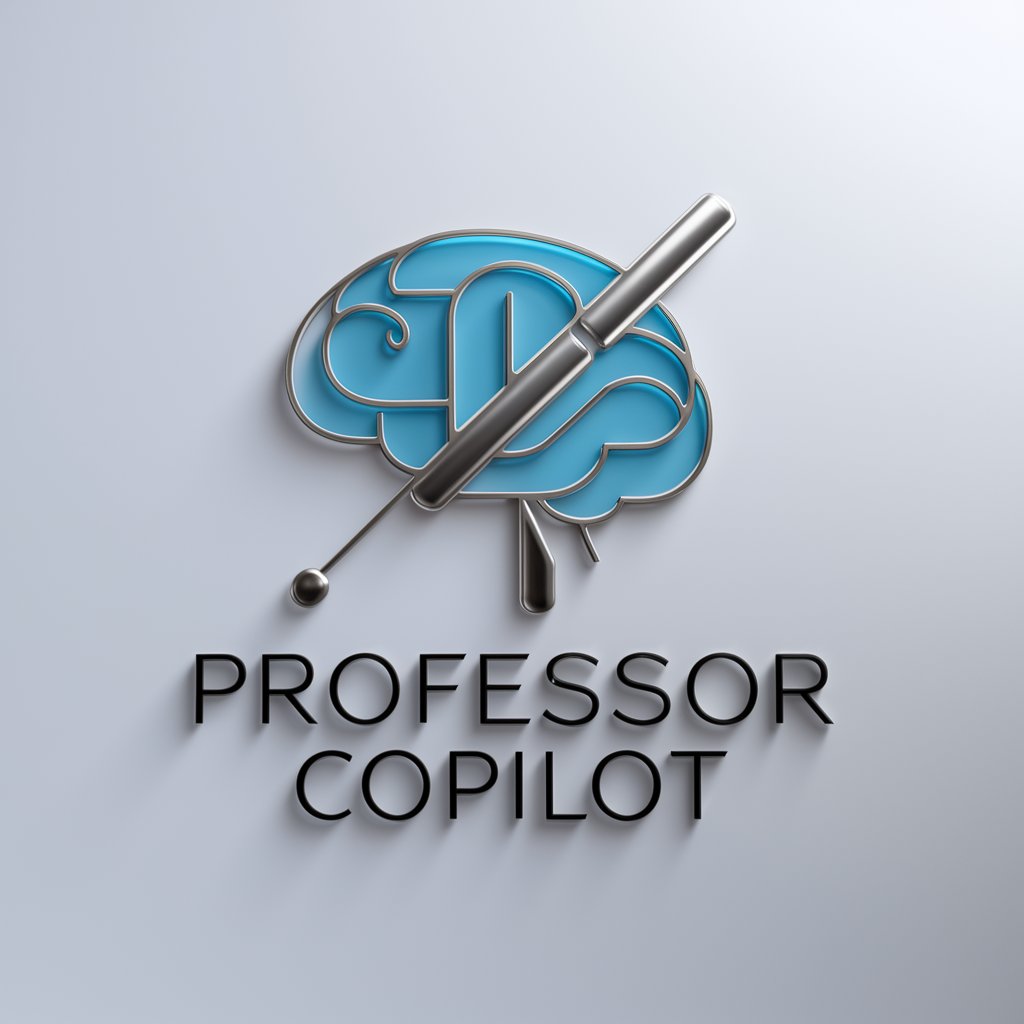
Window Tinting for Home and Office
Enhance your space with AI-powered window tinting guidance.

KAWAII ME !
Transform photos into 3D kawaii characters.
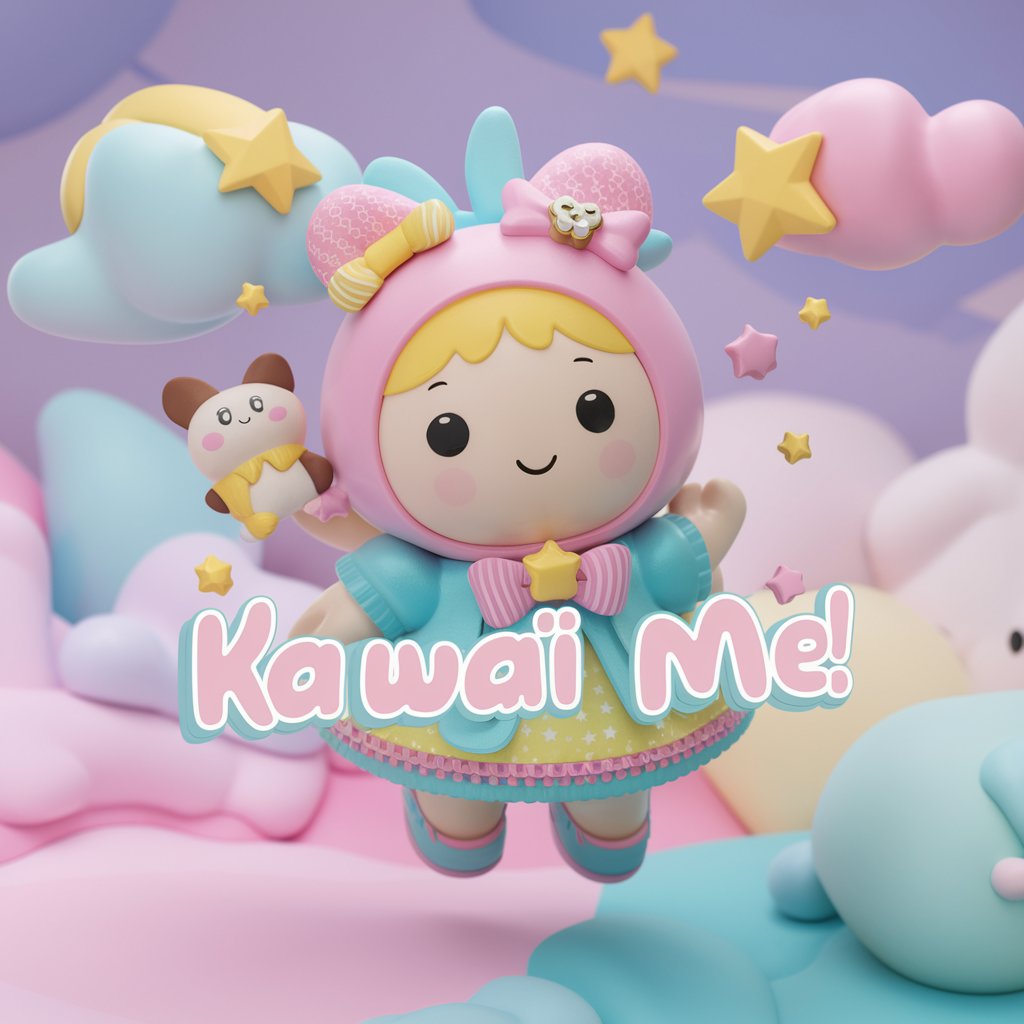
💼👨⚖️ تصنيف دعاوى ناجز
Empowering Legal Understanding with AI

LuxoMorph Studio
Bringing Photos to Life with AI
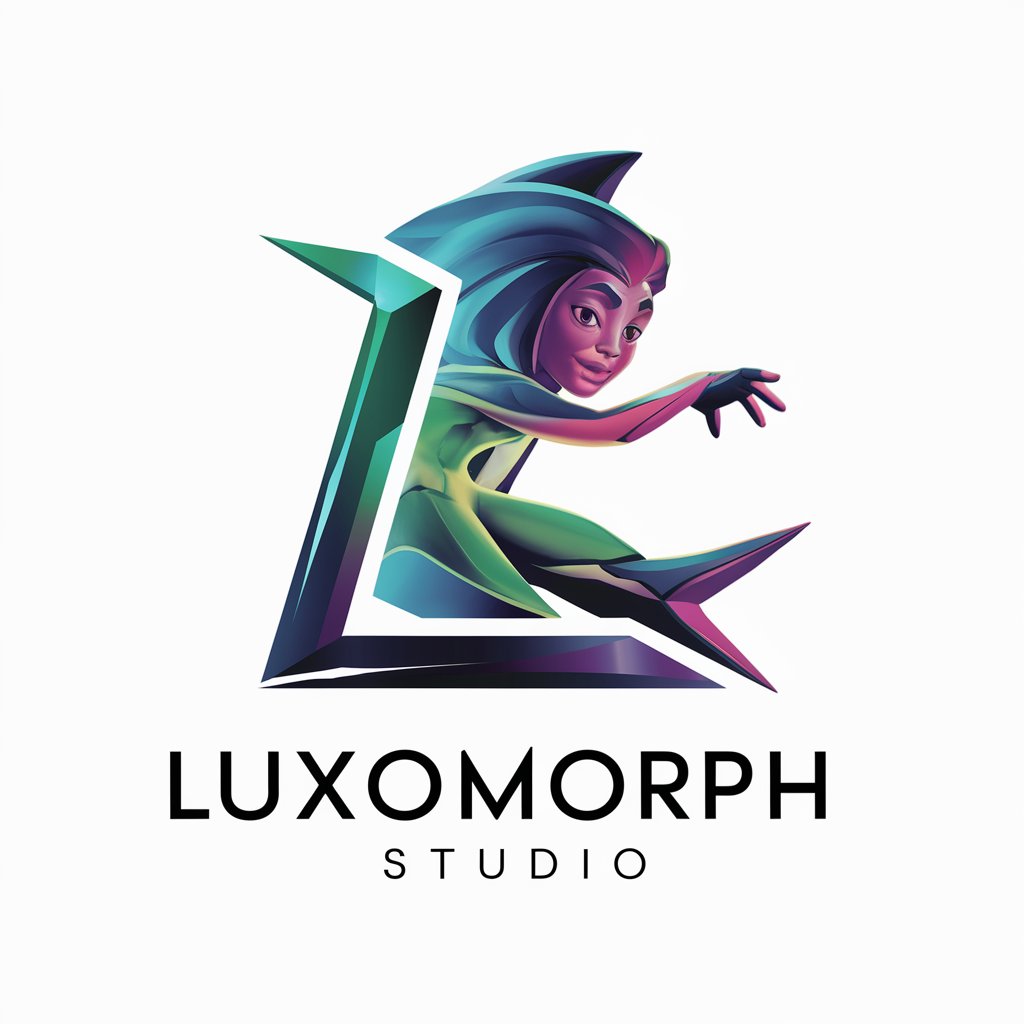
The Movie Mood Matcher
Matching Your Mood to Movies with AI
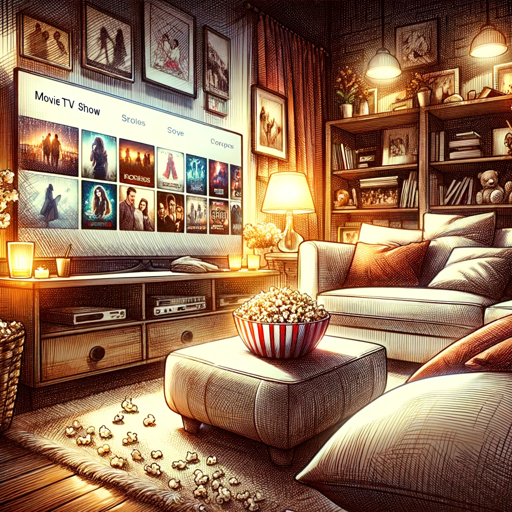
Children's Storyteller - Scribbler
Bringing Stories to Life with AI Imagination
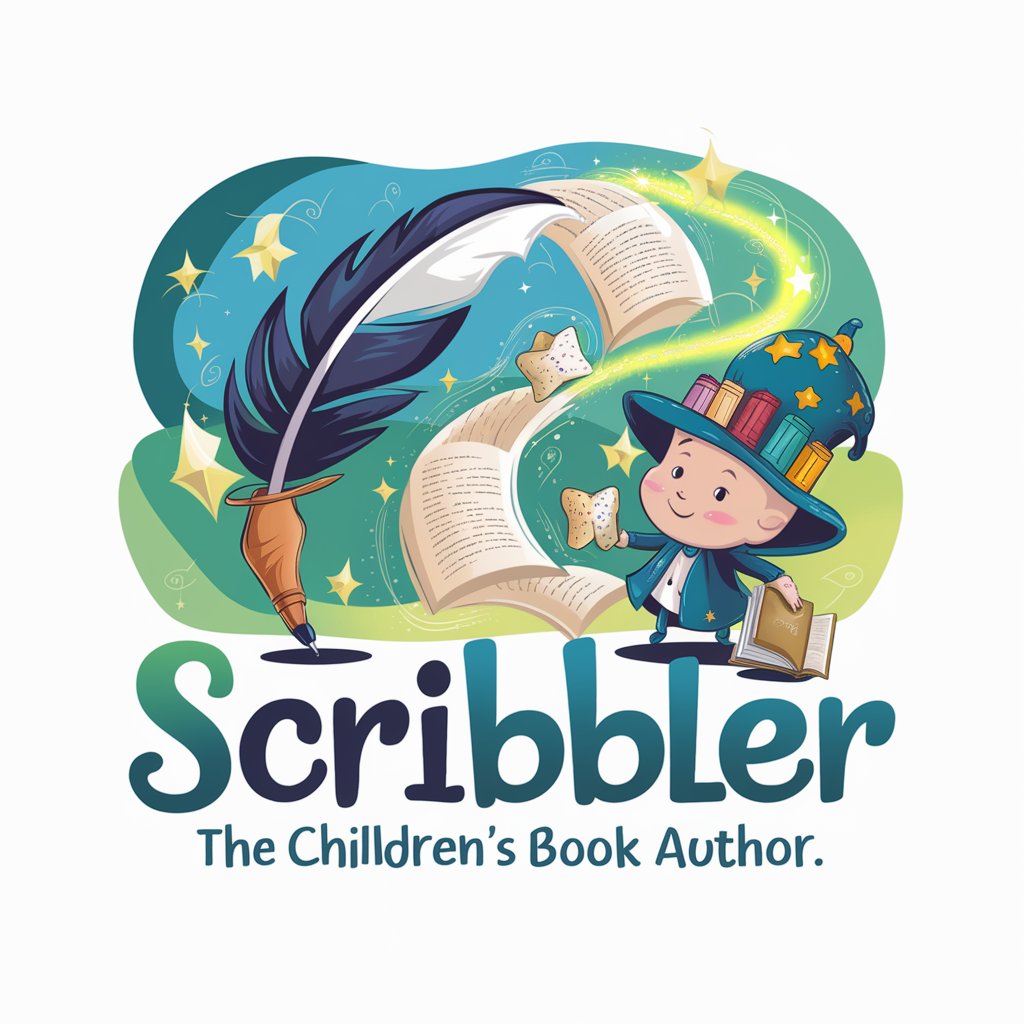
Frequently Asked Questions about CinemaGPT
What types of scenes can CinemaGPT visualize?
CinemaGPT is versatile in visualizing a wide range of scenes, from dramatic indoor conversations to expansive outdoor action sequences, adapting to various cinematic styles and genres.
Can CinemaGPT generate images for complex action scenes?
Yes, CinemaGPT can create visual representations of complex action scenes by interpreting detailed descriptions of the action, camera movements, and character interactions provided in the script.
How does aspect ratio selection affect the generated image?
The aspect ratio choice influences the cinematic feel of the generated image, with options like 1.43:1 for IMAX scenes emphasizing grandeur, and 2.39:1 for a more traditional, wide-screen cinematic look.
Is it possible to adjust the camera and lens settings in CinemaGPT?
Yes, users can specify their preferred camera and lens settings, such as choosing between Arri Alexa for high-definition quality or Panavision lenses for a specific visual aesthetic.
How do I ensure the best results from CinemaGPT?
For optimal results, provide detailed and descriptive script inputs, specifying the mood, setting, camera shots, and any important props or character actions to guide the AI's visualization process accurately.
